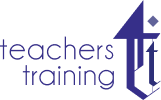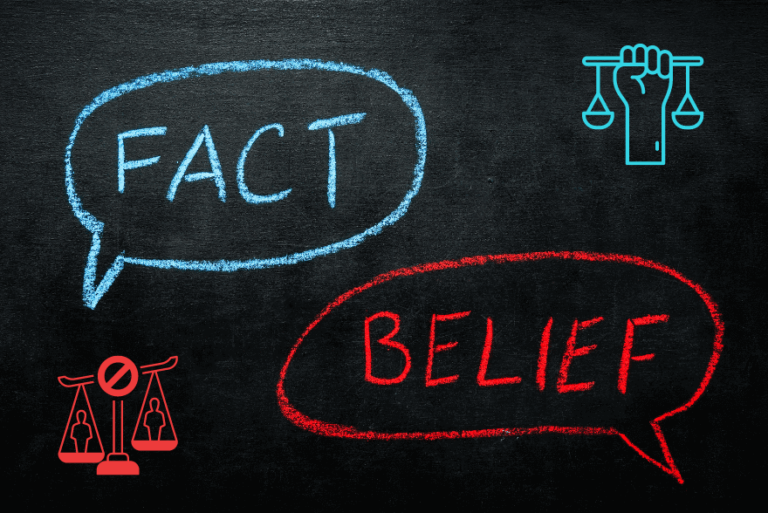In today’s globalised and interconnected world, fostering inclusive environments and promoting equity are essential. Unconscious bias, also known as implicit bias, is a significant barrier to achieving these goals. Unconscious bias refers to the automatic and unintentional attitudes, stereotypes, and beliefs that influence our perceptions, decisions, and behaviours towards others. These biases are shaped throughout our lives by our socialisation, cultural influences, and personal experiences. Unconscious bias can manifest in subtle ways, often without our awareness, yet it can have profound consequences for individuals, organisations, and society as a whole.
What is Unconscious Bias?
Our brains are wired to make quick judgments and categorise information. Unconscious bias stems from this natural tendency. Our brains use shortcuts, like stereotypes, to help us process information efficiently. However, these shortcuts can lead to biassed perceptions of others. For example, if we unconsciously associate a particular ethnic group with a certain profession, we might be more likely to favour a candidate from that group when evaluating resumes for that profession.
Types of Unconscious Bias
There are many different types of unconscious bias, here are some of the most common:
- Affinity Bias: The tendency to favour people who share similar backgrounds or characteristics to ourselves.
- Age Bias: Stereotypes and assumptions about a person’s capabilities or competence based on their age.
- Attractiveness Bias: The tendency to perceive attractive people as more intelligent, competent, or trustworthy.
- Beauty Bias: The assumption that physically attractive people are more capable or qualified than those who are not.
- Confirmation Bias: The tendency to seek out or interpret information that confirms our existing beliefs and stereotypes, while disregarding contradictory evidence.
- Gender Bias: Preconceived notions about a person’s capabilities, interests, or behaviours based on their gender.
- Halo Effect: The tendency to let a positive first impression influence our overall perception of a person.
- National Origin Bias: Prejudices or stereotypes based on a person’s nationality or ethnicity.
- Race Bias: Preconceived notions about a person’s abilities or character based on their race or ethnicity.
- Weight Bias: Stereotypes and assumptions about a person’s intelligence, character, or health based on their weight.
Examples of Unconscious Bias
Unconscious bias can manifest in many ways in our everyday lives. Here are some examples:
- A teacher might unconsciously call on male students more often in class than female students.
- A hiring manager might be more likely to interview a candidate with a name that sounds stereotypically white.
- A doctor might unconsciously spend less time with a patient from a lower socioeconomic background.
- A loan officer might be more likely to approve a loan application from a man than a woman for the same business venture.
The Impact of Unconscious Bias
The consequences of unconscious bias are far-reaching and can negatively impact individuals, organisations, and society as a whole. Here are some of the key implications:
- Workplace Inequality: Unconscious bias can contribute to disparities in hiring, promotion, compensation, and performance evaluations, perpetuating inequalities for underrepresented groups.
- Lack of Diversity and Innovation: Biassed decision-making can hinder efforts to cultivate diverse and inclusive work environments, which can stifle creativity and innovation.
- Marginalisation and Discrimination: Unconscious bias can perpetuate systemic discrimination and marginalisation, limiting opportunities and reinforcing stereotypes about entire groups of people.
- Erosion of Trust and Cohesion: Biassed behaviours can erode trust and collaboration within teams and organisations, hindering productivity, morale, and employee engagement.
- Social Injustice and Inequity: Unconscious bias can contribute to disparities in access to education, healthcare, housing, and criminal justice, exacerbating social inequalities.
Addressing Unconscious Bias
Mitigating the impact of unconscious bias requires a multifaceted approach that involves both individual and organisational strategies. Here are some effective strategies:
- Education and Awareness: Increasing awareness of unconscious bias and its impact on decision-making through training workshops. This can help individuals to identify their own biases and develop strategies to mitigate them.
- Bias Interrupters: Implementing policies and procedures to interrupt biassed behaviours and promote fairness and inclusivity in recruitment, performance evaluation, and decision-making processes. For example, using standardised rubrics for performance evaluations or anonymizing resumes during the initial screening process.
- Diverse Representation: Ensuring diverse representation in leadership, decision-making bodies, and recruitment processes. This can help to mitigate the influence of unconscious bias and promote fair and equitable treatment for everyone.
- Data-Driven Decision Making: Utilising data and metrics to evaluate performance, assess outcomes, and identify and address disparities caused by unconscious bias. This fosters transparency and accountability in decision-making processes.
- Cultural Competency: Cultivating cultural competence and empathy to foster understanding, respect, and collaboration across diverse perspectives and backgrounds. This promotes inclusivity and reduces the impact of stereotypes and prejudices.
- Unconscious Bias Testing: While the effectiveness of unconscious bias tests can be debated, some organisations find them valuable as a starting point for self-reflection and awareness. However, relying solely on testing is not sufficient for addressing unconscious bias.
Individual Strategies
In addition to organisational efforts, individuals can also take steps to mitigate their own unconscious biases:
- Self-Reflection: Regularly reflecting on personal biases and how they might influence thoughts, behaviours, and decisions.
- Challenging Assumptions: Actively questioning assumptions and stereotypes about others.
- Seeking Out Diverse Perspectives: Making a conscious effort to broaden perspectives by interacting with people from different backgrounds and experiences.
- Exposure to Counter-Stereotypical Examples: Actively seeking out information and examples that challenge stereotypes.
Conclusion
Unconscious bias is a complex and deeply ingrained phenomenon. However, by deepening our understanding, recognising its various manifestations, and implementing multi-faceted strategies at both individual and organisational levels, we can work towards building more inclusive, equitable, and resilient communities. In these environments, diversity is celebrated, valued, and embraced, allowing everyone to reach their full potential and contribute meaningfully.





